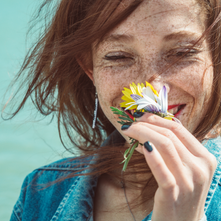Whispers of Scent
Get to know our Olfactory System
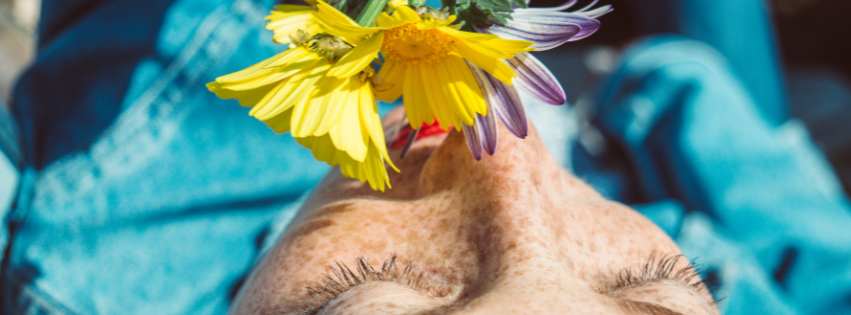
In the quietude of dawn, when dew-kissed petals unfurl, the air stirs with secrets. Our olfactory senses, those silent alchemists, weave tales of memory and emotion. They are the gatekeepers to forgotten gardens, the custodians of nostalgia.
Simply put, our olfactory system is responsible for our sense of smell. It consists of the nose and the nasal cavities. In the upper parts of the nasal cavities, it supports the olfactory mucous membrane, which allows us to perceive smells. In the lower parts, it also acts as respiratory passages for breathing. When we detect molecules in the air through sensory organs in our nose, nerve signals are sent to the brain for processing. However, there is so much more and it's beautiful...

A Brief History: Perfumes and Potions
Once upon a time, in the ancient bazaars of Alexandria and the bustling souks of Baghdad, perfumers concocted elixirs that transcended mere fragrance. These artisans understood that scent was more than sensory delight—it was a passport to realms unseen. Cleopatra herself, draped in jasmine and myrrh, beguiled emperors and poets alike. The Silk Road carried whispers of sandalwood and saffron, bridging cultures and civilizations.
Fast-forward to Renaissance Europe, where powdered wigs masked the stench of unwashed bodies. Perfumed gloves and pomanders adorned noblewomen, masking the decay of courtly intrigues. The Sun King, Louis XIV, commissioned fragrant fountains at Versailles, where jasmine and orange blossoms danced in the breeze.
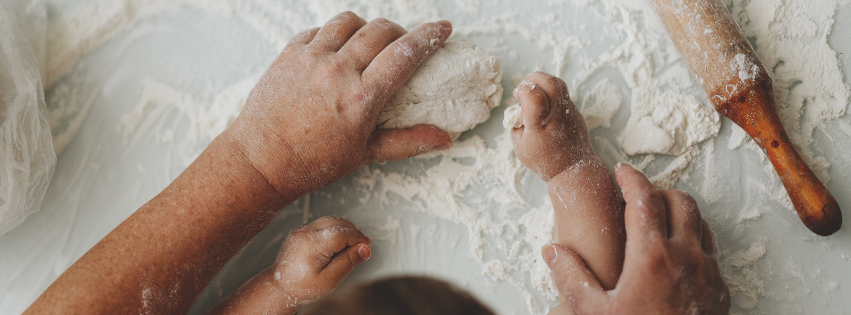
Ancestral Linkage: The Fragrance of Heritage
The Scented Threads of TimeImagine an old cedar chest, tucked away in the attic. Its hinges creak as you lift the lid, revealing a treasure trove of memories. Within lies a silk scarf, once wrapped around your great-grandmother’s shoulders. It carries the fragrance of her lavender-scented powder, the warmth of her embrace. As you inhale, you bridge decades—the scent becomes a time machine.
Our ancestors, too, wove their olfactory tapestries. They crushed rose petals for love potions, burned incense to appease gods, and anointed themselves with oils before battle. Their choices—jasmine or patchouli, sandalwood or myrrh—were encoded in their DNA. And now, these molecules dance within us, whispering forgotten stories.
The Aroma of HomeClose your eyes. Picture your grandmother’s kitchen. The air thickens with spices—cinnamon, cardamom, and cloves. She stirs a pot of curry, her hands fragrant with turmeric. These scents are more than culinary; they are the warp and weft of family gatherings, of laughter and whispered secrets. When you recreate her recipes, you honor her—a culinary heirloom passed down through scent.
The Sacred EarthOur ancestors tilled the soil, their hands stained with earth. They planted herbs—rosemary for remembrance, basil for protection. The same soil cradled their dreams, their sorrows. When we crush fresh mint between our fingers, we touch their labor, their resilience. The earth remembers, and so do we.
The Rituals of ConnectionIn ancient temples, priests anointed devotees with fragrant oils. The scent of frankincense spiraled toward the divine. These rituals transcended the mundane; they linked generations. When we light incense or dab perfume behind our ears, we partake in this sacred communion. Our ancestors nod approvingly from the shadows.
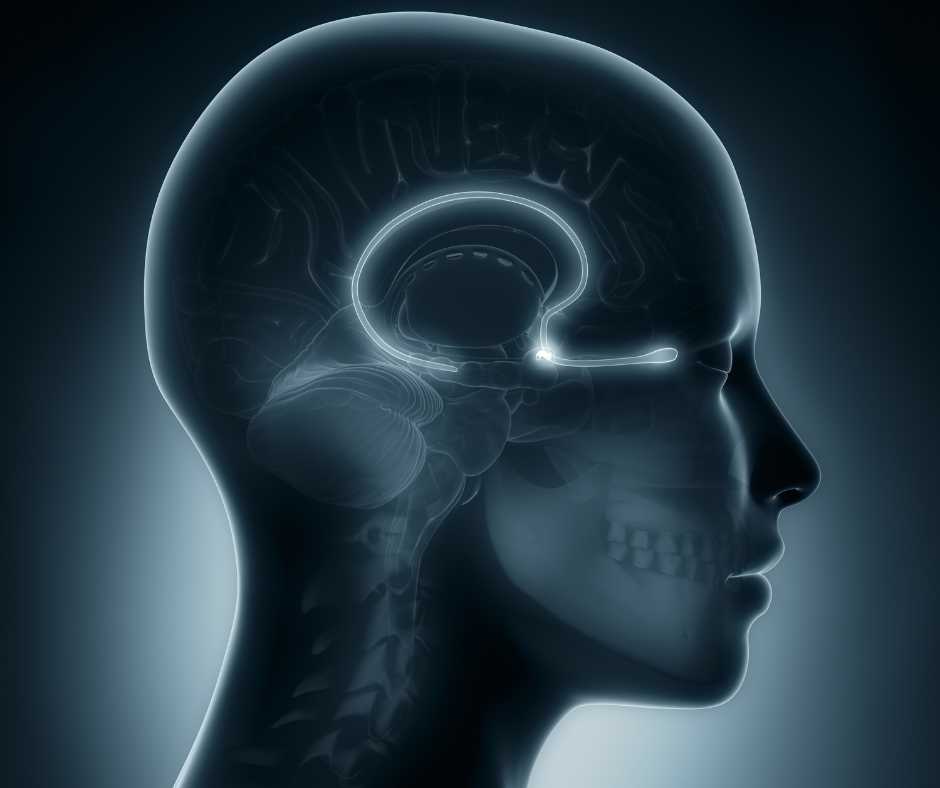
The Olfactory System
The Olfactory Epithelium
Our olfactory journey begins in the olfactory epithelium, a minuscule patch of tissue nestled high in our nasal cavities. This unassuming layer houses specialized olfactory receptor neurons (ORNs), each equipped with unique receptors for specific odor molecules. When we inhale, these receptors detect volatile compounds—whether it’s the aroma of blooming roses or the earthiness of rain-soaked soil.The Olfactory Bulb and Brain Connection
The ORNs transmit signals to the olfactory bulb, a tiny structure at the base of the brain. Here, the magic unfolds: the olfactory bulb processes these signals and relays them to various brain regions. Unlike other sensory systems (such as vision or touch), the olfactory pathway bypasses the thalamus and directly connects to the limbic system and the amygdala. This direct link explains why scents evoke powerful emotions and vivid memories.The Emotional Palette of ScentsProust’s Madeleine and the Power of Nostalgia
Remember Marcel Proust’s famous madeleine? A simple cake dipped in tea transported him to his childhood. Our olfactory memories are like that—intense, immediate, and often unexpected.Unique Smell Prints
Each of us has a unique smell print—a combination of our genetics, environment, and experiences. No two people perceive scents exactly the same way.
What smells heavenly to one might be repulsive to another.
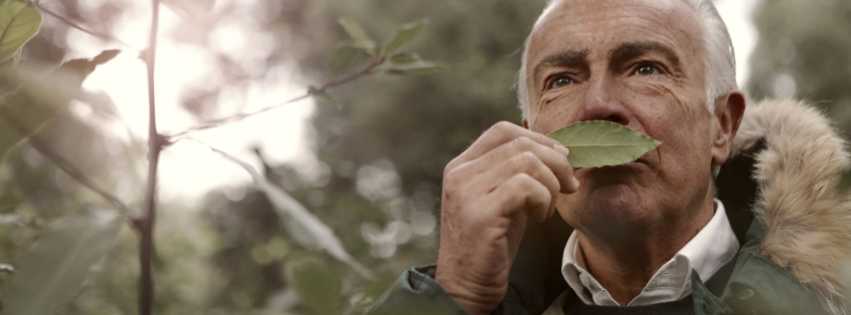
Quick Facts about our Sense of Smell
1. We can detect over 1 trillion different scents.
2. Smell is closely linked to memory, emotion, and even taste, making it a complex aspect of human perception.
3. Just like fingerprints, everyone has a unique odor identity.
.
4. No two people smell the same way, except for identical twins.
5. Smell is the oldest of all the senses.
6. Some individuals may have a reduced sense of smell (anosmia), while others have a heightened sensitivity.
7. Women generally have a stronger sense of smell than men.
8. The senses of smell and taste are closely connected, shaping how we perceive flavors.
9. Certain scents, such as lavender and chamomile, have calming effects on the mind and body.
10. Humans have been using various scents for centuries to enhance personal hygiene and attractiveness.
11. Studies show that certain scents can impact behavior and mood.
12. Positive scents may enhance productivity, while others may trigger negative emotions.
13. Animals also use smell to communicate and navigate their environment.
14. Your scent cells are renewed every 28 days, giving you a new “nose.”
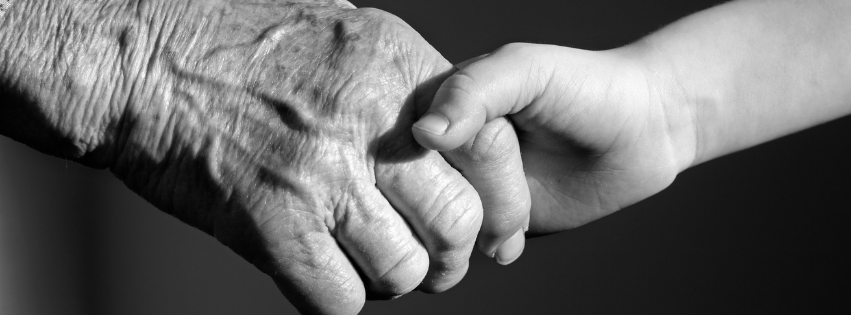
Inhale, Remember, Connect
Dear friend, our olfactory senses are more than mere receptors; they’re conduits to our past, guides to our present, and whispers of our future. So, inhale deeply—the scent of rain, the warmth of a loved one, the promise of a blooming flower. For in fragrance, we find solace, connection, and the poetry of being alive.
-Maranda Johnson
Cofounder of The Good Stuff
And so, dear wanderer, let your senses unfurl.
May your soul bloom, forever perfumed.
Let them dance within you.
For in fragrance, we find echoes of love, resilience, and belonging.
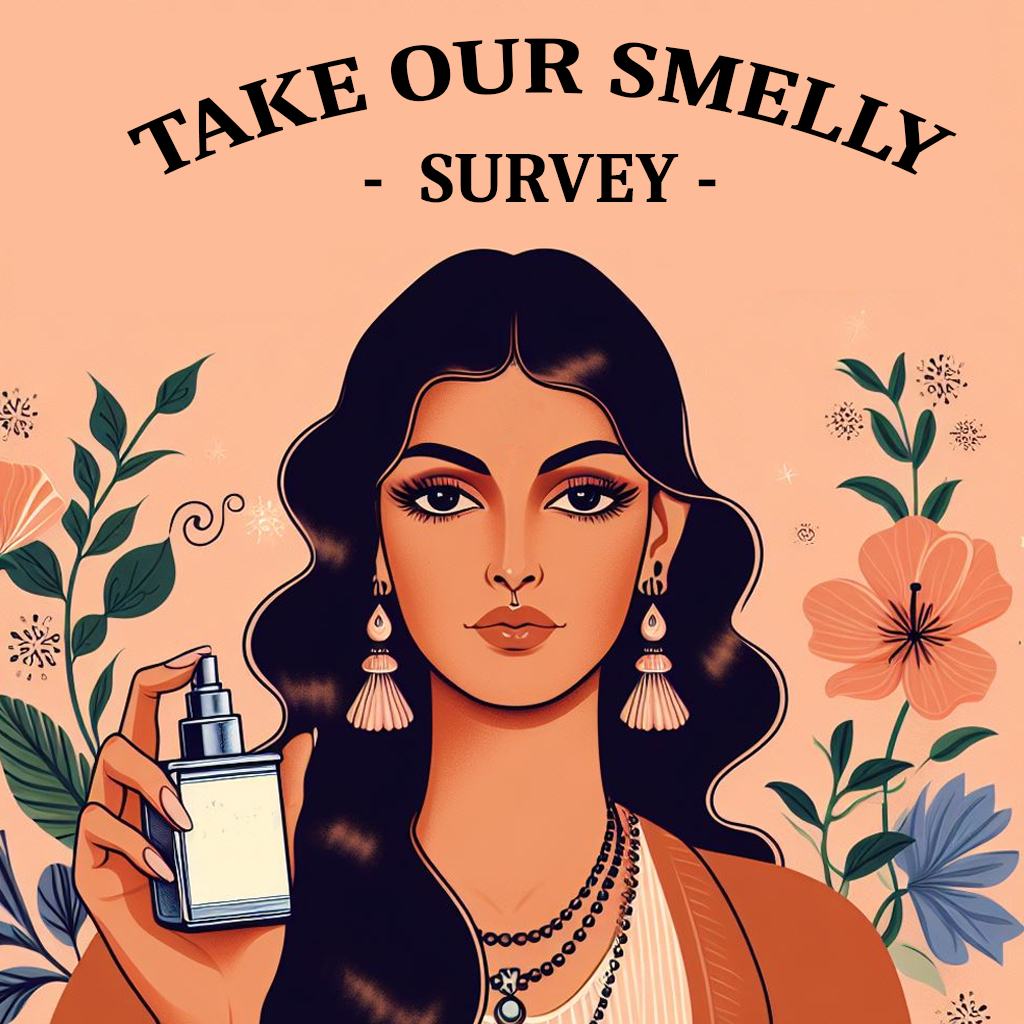
Please, take a couple mins to fill out our survey. Your answers will help shape our new product launch!
Click Here to go to Survey


